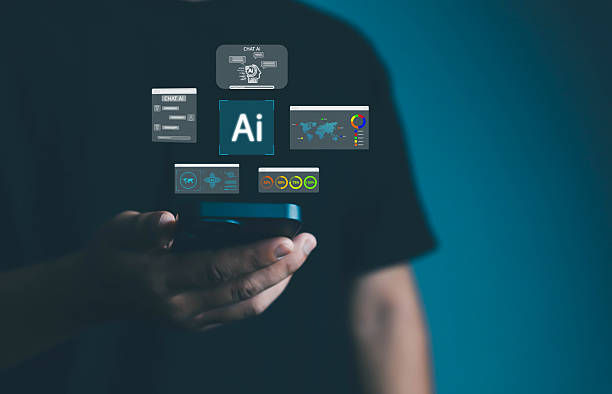Here’s the translation of the provided Persian text into English:
What is an Artificial Intelligence Robot and what are its applications?

#Artificial Intelligence Robot is a combination of two important technology fields: #Robotics and #Artificial_Intelligence. In short, an AI robot is a physical or virtual machine that, using artificial intelligence algorithms, is capable of performing tasks that typically require human intelligence. These tasks can include learning, reasoning, problem-solving, pattern recognition, and decision-making. AI robots have applications in various industries, including manufacturing, healthcare, customer service, and logistics. For example, in factory production lines, AI robots can perform repetitive and hazardous tasks with greater accuracy and speed than humans. In hospitals, these robots can assist doctors in complex surgeries or serve as nurse assistants, performing simpler care tasks. Even in customer service, chatbot robots can answer frequently asked questions and solve users’ problems. This technology is advancing rapidly and is expected to play an even more important role in our lives in the future. Artificial Intelligence on Wikipedia
How much does losing business leads due to an unprofessional website cost you? Solve this problem forever with professional corporate website design by Rasaweb!
✅ Increase the credibility and trust of potential customers
✅ Easier attraction of new business leads
⚡ Get a free consultation now!
Main Components of an Artificial Intelligence Robot
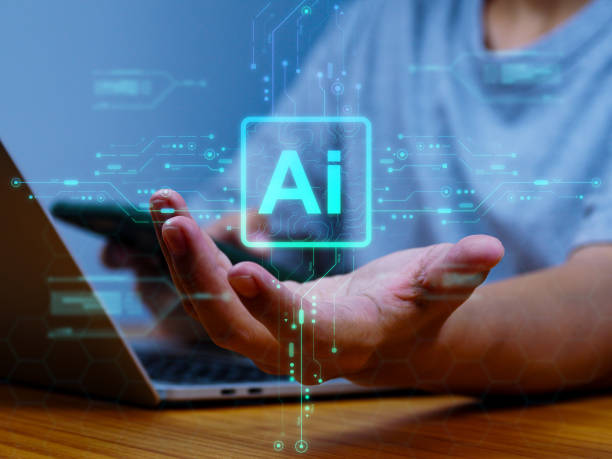
An AI robot consists of several key parts, each with a specific function. These components include:
1.
**Sensors**: Sensors collect information about the surrounding environment. This information can include visual data (through cameras), audio (through microphones), motion (through accelerometers), or even information about temperature and pressure. Sensors help the robot have an accurate understanding of its surroundings.
2.
**Processor**: The processor (or the robot’s brain) is responsible for processing information received from the sensors and making decisions. This section usually consists of a computer or microcontroller on which artificial intelligence algorithms are executed.
3.
**Artificial Intelligence Algorithms**: Artificial intelligence algorithms are a set of instructions that allow the robot to learn, reason, and decide. These algorithms can include neural networks, machine learning algorithms, or planning algorithms.
4.
**Actuators**: Actuators allow the robot to interact with the physical environment. These actuators can include motors, arms, wheels, or any other device that allows the robot to move, manipulate objects, or perform other physical tasks. By combining these components, an AI robot is able to operate independently in its environment and perform various tasks. For more information about robotics, you can visit Wikipedia’s Robotics page.
Types of Artificial Intelligence Robots and Their Applications

AI robots are designed and manufactured in various types, each suitable for specific applications. Some of the most common types of AI robots include:
1.
**Industrial Robots**: These robots are used in factory production lines to perform repetitive, heavy, or dangerous tasks. Industrial AI robots typically have powerful arms that can move heavy objects or perform welding, painting, or assembly operations with high precision.
2.
**Service Robots**: These robots are designed to provide services to humans. Service AI robots can be used in hospitals as nurse assistants, in restaurants as waiters, or in homes as cleaners. Service AI robots usually have human interaction capabilities and can answer questions or fulfill requests.
3.
**Exploration Robots**: These robots are designed to explore dangerous and inaccessible environments for humans. Exploration AI robots can be used in the depths of the seas, in space, or in areas contaminated with radioactive materials. Exploration AI robots usually have advanced sensors and complex navigation systems.
4.
**Military Robots**: These robots are designed to perform military tasks such as reconnaissance, bomb disposal, or even fighting. Military AI robots usually have advanced weapons and remote control systems.
The following table shows the types of AI robots and their applications:
| Robot Type | Application |
|---|---|
| Industrial | Factory Production Lines |
| Service | Providing services to humans (hospital, restaurant, home) |
| Exploration | Exploring dangerous and inaccessible environments |
| Military | Performing military tasks |
Advantages and Disadvantages of Using Artificial Intelligence Robots
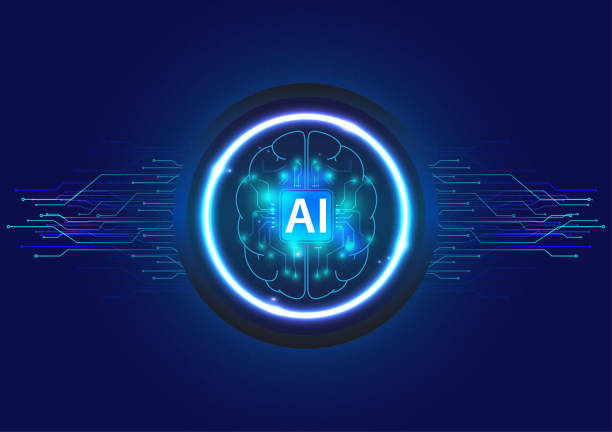
The use of AI robots has many advantages and disadvantages. The advantages of this technology include increased productivity, reduced costs, increased safety, and improved quality. AI robots can perform tasks that humans cannot perform, accurately and quickly. Also, AI robots can be used in dangerous environments and prevent human injury. However, the use of AI robots also has disadvantages. These disadvantages include job loss, increased dependence on technology, and ethical concerns. AI robots can replace the human workforce and cause unemployment. Also, excessive dependence on AI robots can lead to a decline in human skills. In addition, the use of AI robots raises ethical concerns. For example, the use of AI robots in war can lead to civilian casualties. Ultimately, deciding on the use of AI robots requires careful consideration of its advantages and disadvantages.
Are you tired of your company’s website not meeting your expectations? With Rasaweb, design a professional website that showcases the true face of your business.
✅ Increase the attraction of new customers and sales leads
✅ Increase the credibility and trust of your brand with the audience
⚡ Get a free website design consultation!
Challenges Facing the Development of Artificial Intelligence Robots
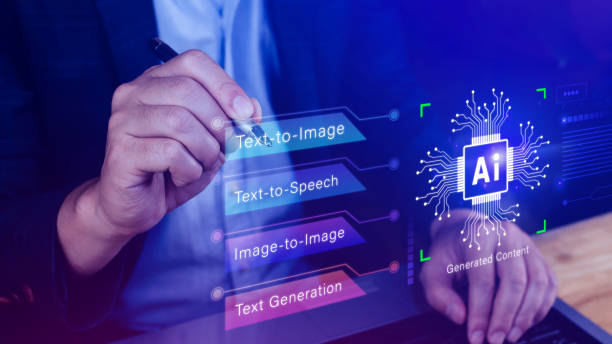
The development of AI robots faces many challenges. One of the most important of these challenges is the development of AI algorithms that can operate effectively in complex and unpredictable environments. Current AI algorithms often perform well in controlled environments with limited data, but in the real world where conditions are constantly changing, they may encounter problems. Another challenge is the development of sensors that can collect accurate and reliable information from the environment. Current sensors often face problems such as noise, limited range, or high energy consumption. Also, the development of actuators that can interact with the environment accurately and safely is another challenge facing AI robot developers. In addition to these technical challenges, ethical and legal issues are also among the obstacles facing the development of AI robots. For example, determining responsibility in the event of an accident caused by an AI robot, or protecting the privacy of information collected by these robots, are among the issues that require careful consideration.
What Will the Future of Artificial Intelligence Robots Be?
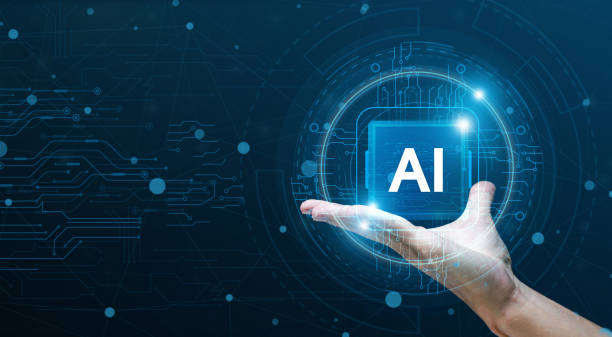
The future of AI robots is very bright and full of potential. With the ever-increasing advancement of technology, AI robots are expected to play an even more important role in our lives. In the future, AI robots will likely be present in all aspects of our lives, including homes, workplaces, hospitals, schools, and even space. AI robots will not only perform repetitive and tedious tasks, but will also be able to assist us in complex decision-making. For example, AI robots can help us in diagnosing diseases, designing new products, or managing energy resources. However, the development of AI robots requires attention to ethical and legal issues as well. It must be ensured that this technology is used for the benefit of humanity and does not violate the rights and freedoms of individuals. Also, training and preparing the workforce to work with AI robots is of great importance. More information about the future of artificial intelligence
How to Build an Artificial Intelligence Robot?

Building an AI robot can be a challenging but very exciting project. To begin, you need a basic understanding of robotics, electronics, and programming. The general steps to build an AI robot are:
1.
**Define the Goal**: First, you need to specify what your robot is going to do. This goal will help you choose the appropriate components and develop the necessary AI algorithms.
2.
**Hardware Selection**: The robot’s hardware includes sensors, actuators, processor, and power source. You need to choose the appropriate hardware based on the robot’s purpose and your budget.
3.
**Programming**: Robot programming involves writing code that allows the robot to receive information from sensors, process it, and control the actuators. You can use various programming languages such as Python, C++, or Java to program the robot.
4.
**Training**: After building the robot, you need to train it to perform its tasks correctly. Robot training usually involves using machine learning algorithms or providing training data to the robot.
The following table shows the tools and languages required to build an AI robot:
| Tool | Language |
|---|---|
| Arduino Board | C++ |
| Raspberry Pi | Python |
| TensorFlow | Python |
| PyTorch | Python |
The Impact of Artificial Intelligence Robots on the Economy and Society

AI robots will have a profound impact on the economy and society. This technology can increase productivity, reduce costs, and improve the quality of life. AI robots will be able to perform tasks that humans cannot perform, accurately and quickly. Also, AI robots can be used in dangerous environments and prevent human injury. However, the use of AI robots can lead to job loss and increased economic inequality. AI robots can replace the human workforce and cause unemployment. Also, people who do not have the necessary skills to work with AI robots may face problems in the labor market. To reduce the negative effects of AI robots on the economy and society, measures such as training and retraining the workforce, creating new job opportunities, and regulating the use of AI robots should be taken.
Are you missing out on business opportunities because of an old website? With Rasaweb, solve the problem of not attracting potential customers through your website forever!
✅ Attract more quality leads
✅ Increase brand credibility in the eyes of customers
⚡ Get a free corporate website design consultation
Ethical Issues Related to Artificial Intelligence Robots
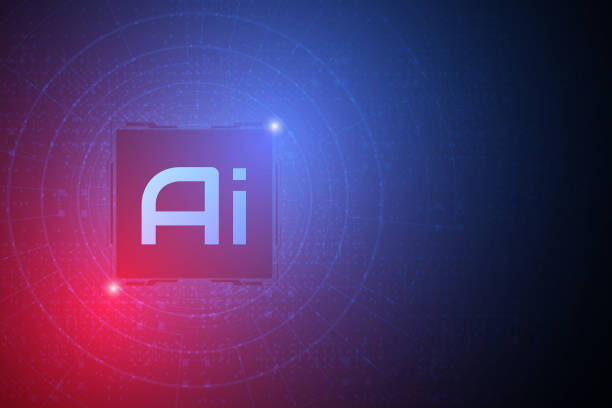
The development and use of AI robots raises many ethical issues. One of the most important of these issues is the issue of accountability. In the event of an accident caused by an AI robot, who will be responsible? Is the robot’s manufacturer, the robot’s owner, or the robot itself responsible for this accident? Another issue is the issue of privacy. AI robots can collect a lot of information from their surroundings. How can this information be protected and prevented from being misused? Also, the issue of discrimination is also one of the ethical issues related to AI robots. Can AI robots unconsciously discriminate in their decisions? To solve these ethical issues, there is a need to develop new laws and regulations and also create an ethical framework for the development and use of AI robots. Also, educating and raising public awareness about the ethical issues related to AI robots is of great importance. AI robots are changing our world and we need to pay special attention to their ethical dimensions.
Educational Resources for Learning Artificial Intelligence Robots
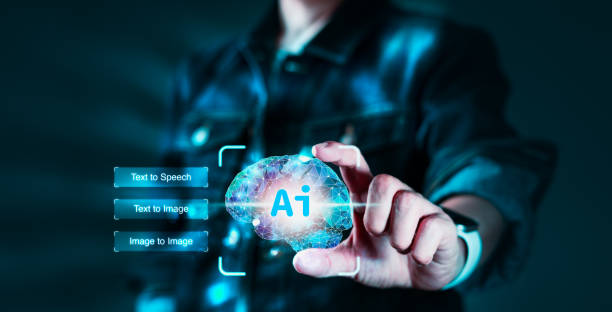
If you are interested in learning AI robots, there are many educational resources available to you. You can use online courses, books, articles, or educational videos to learn this technology. Some of the best online AI robot courses include courses offered by Coursera, edX, and Udacity. These courses are usually taught by professors from reputable universities and include theoretical and practical topics. Also, many books have been published on the subject of AI robots that can help you learn this technology. Some of the best books in this field include the book “Artificial Intelligence A Modern Approach” and the book “Robotics Mechanics and Control.” In addition, there are many articles and educational videos on the Internet that you can use to learn the concepts and techniques of AI robots. Start learning Machine Learning at MIT.
Frequently Asked Questions
| Question | Answer |
|---|---|
| What is an Artificial Intelligence Robot? | A robot that uses artificial intelligence capabilities to understand the environment, reason, learn, and make decisions to perform complex tasks independently. |
| What is the main difference between a regular robot and an AI robot? | AI robots can learn and adapt to their environment, while regular robots typically operate based on fixed and pre-determined plans. |
| In what fields are AI robots used? | In fields such as industry (production lines), medicine (robotic surgery), services (customer support, smart vacuum cleaners), exploration (space and underwater), and entertainment. |
| How do AI robots learn? | They acquire new skills through Machine Learning and Deep Learning algorithms, by analyzing large amounts of data and identifying patterns. |
| Can AI robots have emotions? | Currently, no. They can identify or simulate emotions, but they do not have the real experience of emotions like humans. |
| What are the most important advantages of using AI robots? | Increased productivity, reduced human error, performing dangerous or repetitive tasks, and providing innovative and efficient services. |
| What challenges exist in the development of AI robots? | The need for vast and high-quality data, algorithm complexity, ethical issues, cybersecurity, and high research and development costs. |
| Are AI robots dangerous to humans? | By following safe design principles and ethical regulations, no. Concerns are more related to social and economic impacts such as changes in the labor market. |
| What is an example of an AI robot in everyday life? | Smart vacuum cleaning robots (such as Roomba) that automatically map and clean the house, or smart voice assistants (such as Siri and Alexa). |
| How is the future of AI robots predicted? | They are expected to become smarter, more autonomous, and capable of more complex interaction with humans, and play a more prominent role in industry, medicine, transportation, and everyday life. |
And other services of Rasa Web advertising agency in the field of advertising
Intelligent website development: A fast and efficient solution to increase sales by focusing on custom programming.
Smart digital advertising: Professional optimization to improve SEO ranking using custom programming.
Smart custom software: Transform online growth by helping optimize key pages.
Smart Google Ads: A new service to increase customer attraction through the use of real data.
Smart Marketplace: An effective tool to attract customers with the help of marketing automation.
And more than hundreds of other services in the field of internet advertising, advertising consulting and organizational solutions
Internet Advertising | Advertising Strategy | Advertorial
Sources
AI Chatbot Robots and Their Role in Business
,Smart Robots! But Not All of Them
,AI Robots Can Answer Children’s Questions + Video
,Competition of AI Robots in the Market
? Rasaweb Afrin: Your digital partner for growth and visibility in the online world. From custom website design to SEO optimization, we offer comprehensive solutions for your business success.
📍 Tehran, Mirdamad Street, next to the Central Bank, South Kazeroun Alley, Ramin Alley No. 6

